Right now, Space Gallery is arguably Portland’s most vibrantly pulsing arts organization. Despite ostensibly lean times, Space has been mounting ever-stronger exhibitions of visual art.
At the moment, the multi-purpose gallery/performance venue has four challenging and interesting exhibitions.
Carly Glovinski’s window installation, “X-Ray (Space)” has a very different flavor from her previous, highly camouflaged show at the June Fitzpatrick Gallery.
This work is an “x-ray” view into Space rendered in the butt tips of old colored pencils. It’s perky, but gets even better on closer inspection.
For example, the old cigarette machine depicted in the piece is a fixture in Space for buying works of art rather than tobacco products. The pop-dot style is a witty play on pixels and pointillism (think Seurat) as well as work such as Bernard Langlais’ painting-like abstract wood reliefs similarly rendered in tips of dowels and sticks.
Glovinski’s piece is an ironic invitation given that it plays off of what you know (or don’t) about the interior space. It mobilizes ideas about traditional styles and materials, genre and process. It even raises philosophical questions like whether pixelation is primarily an issue of technology or aesthetic.
“World Banksters,” Natasha Mayers’ one-wall, picture-shaped installation of several hundred painted-on postcards, is also a witty piece based in repurposing and prior knowledge. In this case, Mayers paints dark suits with white shirts and red ties into postcard scenes ranging from cityscapes to famous works of art.
The suits represent the insider forces of economic/political hegemony: They are “The Man,” or “suits.” But Mayers is as smartly humorous as she is serious, so instead of a one-liner repeated ad nauseum, the whole installation gets funnier the more her thinking becomes clear.
We see the suits on Christ’s disciples in a painting by El Greco, on the firing squad in Goya’s “Third of May” and in important artworks spanning the ages. They are key people in paintings. They are skyscrapers in New York City. They tower above the Kremlin and dance around the White House.
One of my favorites is the Washington Monument as the necktie with the suit painted around it. Another particularly spiky one shows a suited Jackie Onassis at the head of a schoolroom with the phrase “Welcome to Our Class” written on the chalkboard.
The most powerful image Mayers reprises is the lower right of the hell scene in Hieronymous Bosch’s “Garden of Earthly Delights” (circa 1500) in which a pig in a nun’s headdress forces a document (and, sexually, itself) on a naked man. The image shows Bosch mirroring Mayers’ opinion about the endemic nature of institutional/societal corruption from above. Mayers’ effect is electric.
The most impressive of the four exhibitions at Space is Anne Buckwalter’s “Gone Are the Animals.” It features about 20 gouache paintings on paper mounted to the walls with pins.
Buckwalter is very young, and extremely talented. It’s a bit unnerving that she seems dedicated so early to such a highly stylized approach, but insofar as her images evoke Edward Gorey, they comport an impressively comparable impact.
Buckwalter’s pieces fall between narrative illustration and game boards. Her Victorianish figures divide into teams playing out surreal conflicts haunted by societal afflictions such as violence, sacrifice, institutional cruelty, mob logic and even the pageantry of public corporal punishment.
Despite their grim subjects, Buckwalter’s images are seductively elegant. They feature enough accomplished technique, graceful formalism and dark wit to be uncannily appealing. And while they can be parsed, sometimes art is better left mysterious so it can go about the serious work of unsettling its audience.
The cutting-edge fourth show at Space is by a pair of young Brooklyn artists, Tara Pelletier and Jeffrey Kurosaki. Their “Moon Moves (So Slowly)” is a surprisingly enjoyable show, considering the heady ideas it puts into play.
I think the stated theme of “eclipse” is misguided unless it’s really about how images mislead us. “Moon Moves” is primarily a phantasmagoria — a largely forgotten theatrical form based in optics and illusion.
While “Moon Moves” acts all edgy and intellectual, the works are all excellent conversation starters based around perception and perspective.
A broken cymbal on a stand spins with a drumstick scraping to produce a sound captured by a microphone with a wooden ear attached to it. The mic then connects to an amp on the other side of the room, so at any given spot, you might primarily hear the actual or the analog sound.
It’s a model of the brain with a broken symbol (the pun is no doubt part of the work). The experiential nature of the piece brings it wonderfully alive.
Another work in “Moon Moves” reflects a trapezoid onto a well-rendered drawing of a wolf hiding in an abstract shape. How the trapezoid is part of the image raises some very interesting questions about what’s part of a picture.
These works also don’t benefit from being overly explained, because their impact wells from the viewer’s personal experience of them, rather than specific ideas conveyed by, for example, this text.
Pelletier and Kurosaki’s works are about art forms and perceptions. They take on video, installation, performance, sound, recorded music, photography and — most specifically — painting. “Moon Moves” might look intimidating, but it becomes interesting and fun as soon as you engage with it.
With four excellent exhibitions on display, Space is the place to be.
Freelance writer Daniel Kany is an art historian who lives in Cumberland. He can be contacted at:
dankany@gmail.com
Send questions/comments to the editors.

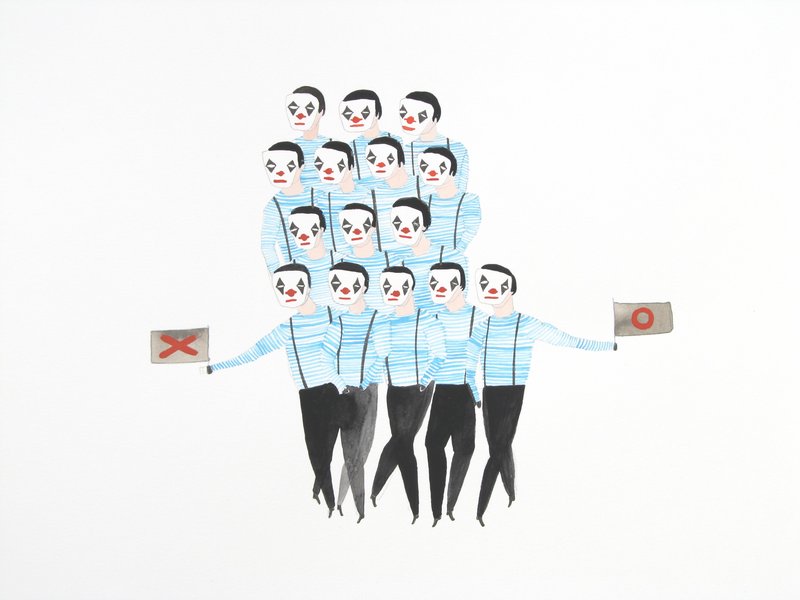
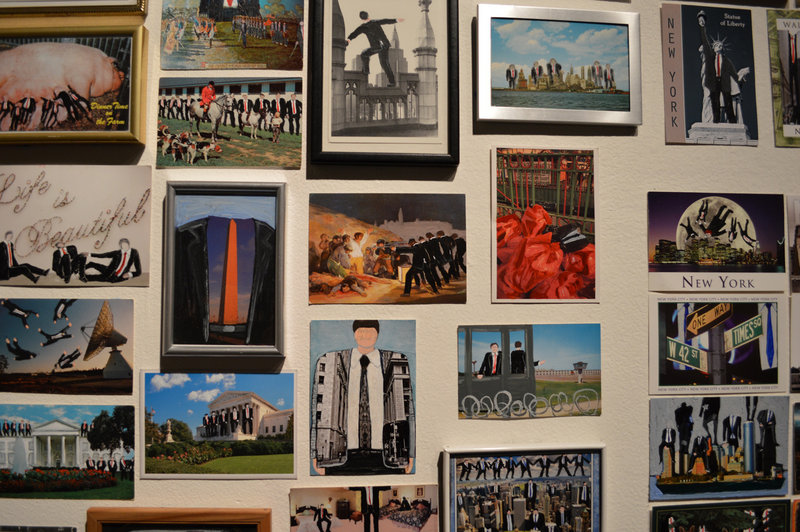
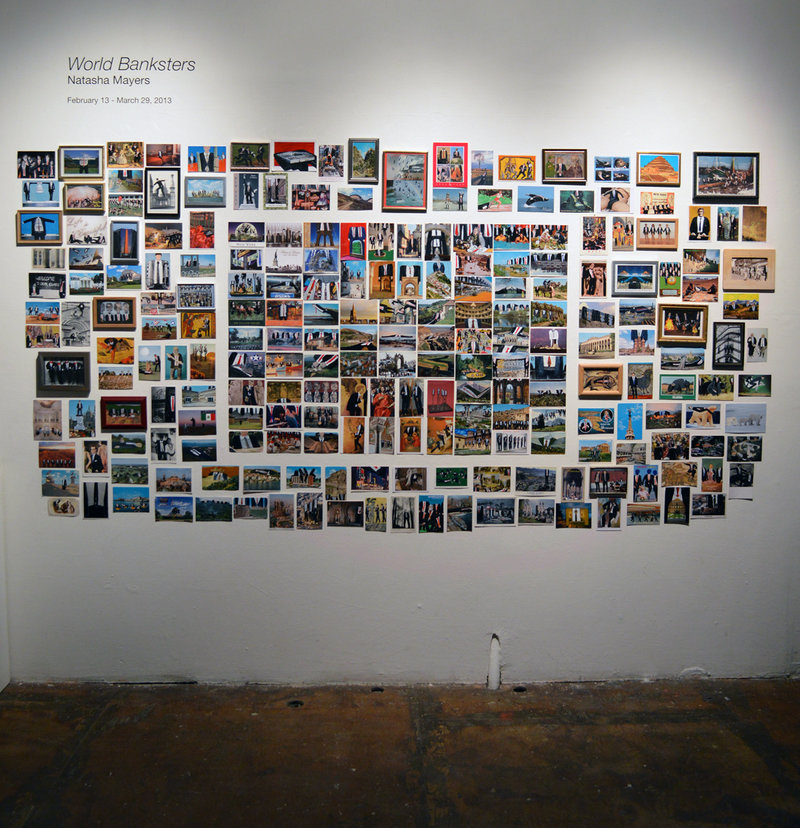
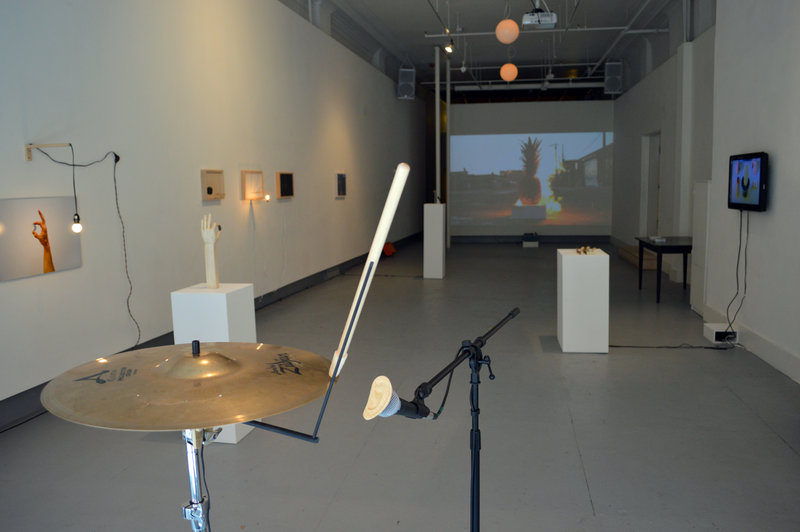
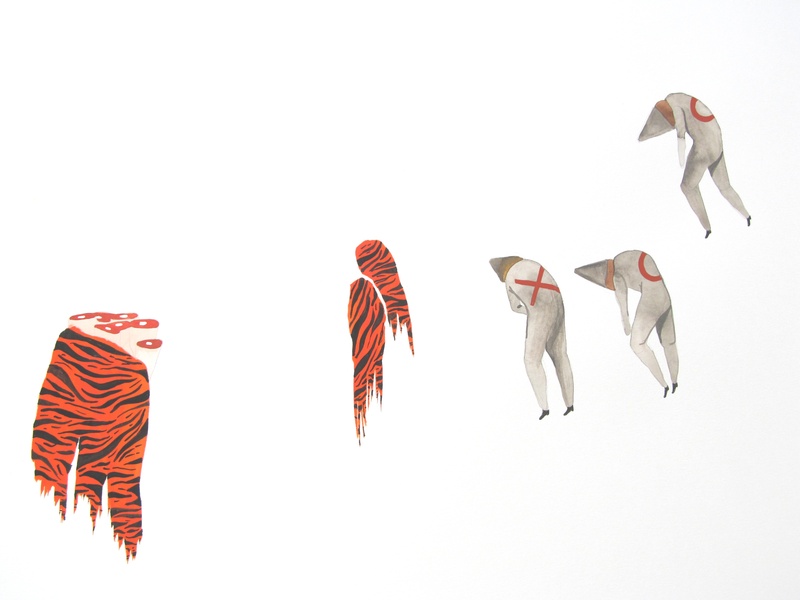

Success. Please wait for the page to reload. If the page does not reload within 5 seconds, please refresh the page.
Enter your email and password to access comments.
Hi, to comment on stories you must . This profile is in addition to your subscription and website login.
Already have a commenting profile? .
Invalid username/password.
Please check your email to confirm and complete your registration.
Only subscribers are eligible to post comments. Please subscribe or login first for digital access. Here’s why.
Use the form below to reset your password. When you've submitted your account email, we will send an email with a reset code.